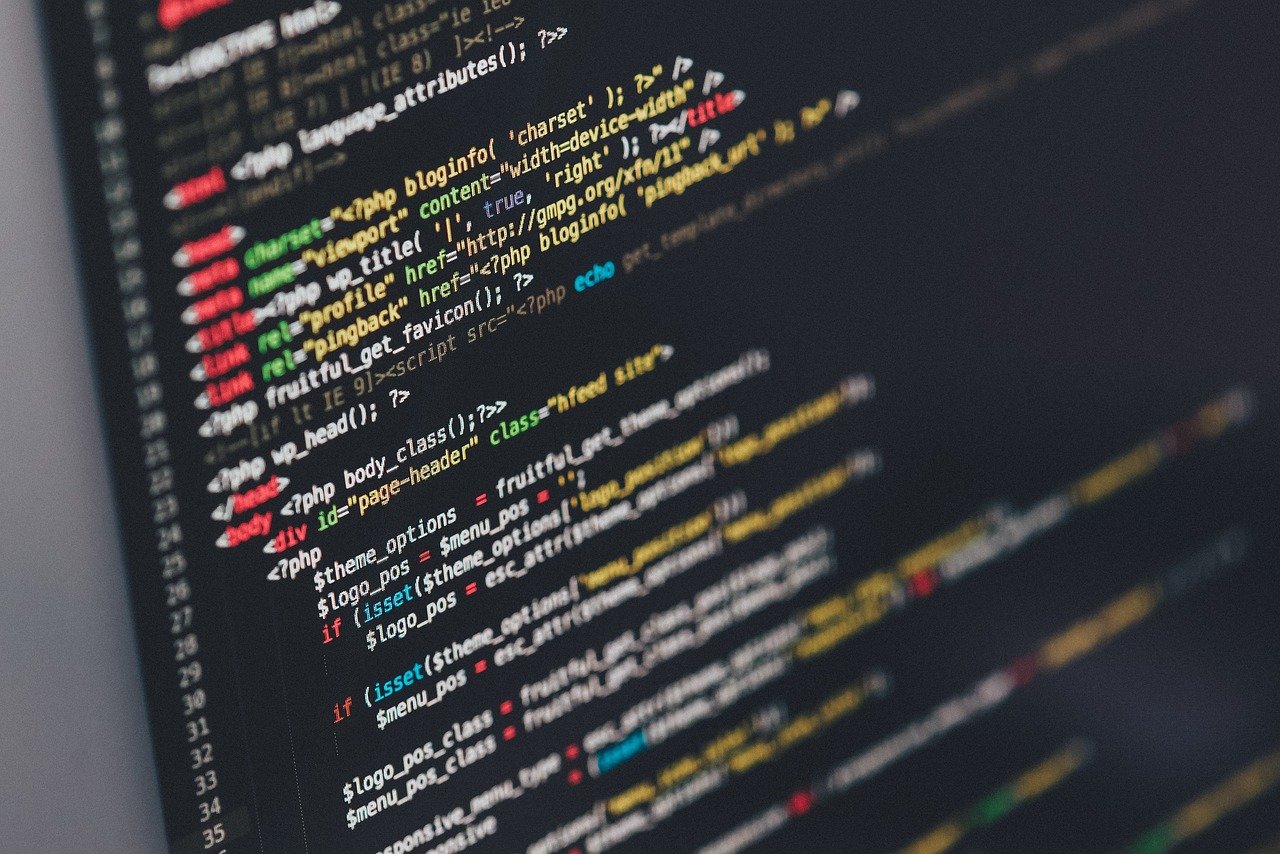Cybersecurity: Protect Your Digital Assets in the Modern Age
In today’s increasingly interconnected world, cybersecurity has become paramount to protect our digital assets and preserve our online safety. Understanding the various aspects of cybersecurity is crucial for individuals and organizations alike. This blog post will delve into the key components of cybersecurity, highlighting different threats, security measures, and best practices.
Threats to Cybersecurity
- Malware: Malicious software, such as viruses, ransomware, and spyware, can damage devices, steal data, and disrupt operations.
- Phishing: Fraudulent emails or messages that trick individuals into revealing sensitive information such as passwords or credit card details.
- Hacking: Unauthorized access to computer systems or networks to gain control or steal data.
- DDoS Attacks: Distributed Denial of Service attacks that overwhelm websites or online services with malicious traffic, making them inaccessible.
- Social Engineering: Manipulating people to perform actions that compromise security, such as clicking on malicious links or sharing confidential information.
Practical Example: Ransomware Attack
Ransomware encrypts a victim’s files and demands payment to restore access. Failure to pay typically results in permanent data loss, highlighting the importance of data backups.
Security Measures for Cybersecurity
- Firewalls: Software or hardware barriers that block unauthorized access to computer networks.
- Antivirus Software: Programs that detect, quarantine, and remove malware from devices.
- Encryption: Encoding data to protect it from unauthorized access or interception.
- Multi-Factor Authentication: Requiring multiple methods of identification, such as a password and a one-time code, to verify a user’s identity.
- Security Patch Management: Regularly updating software and systems to fix vulnerabilities and enhance protection.
Practical Example: Firewall Configuration
A firewall can be configured to allow access to specific websites and services while blocking others, preventing unauthorized external connections.
Best Practices for Cybersecurity
- Use Strong Passwords: Create complex passwords that are not easily guessed or cracked.
- Be Cautious of Attachments and Links: Don’t open email attachments or click on links from unknown senders.
- Keep Software Up-to-Date: Install software updates as soon as they become available to patch vulnerabilities.
- Use a Virtual Private Network (VPN): Encrypt internet traffic when using public Wi-Fi networks.
- Educate Employees: Train employees about cybersecurity risks and best practices to prevent security breaches.
Practical Example: Phishing Awareness Training
Regular training can educate employees on how to identify and avoid phishing emails, reducing the risk of compromise.
Data Protection in Cybersecurity
- Data Backup and Recovery: Regularly back up important data to protect against loss due to malware or system failures.
- Data Encryption: Encrypt sensitive data to make it unreadable to unauthorized individuals.
- Data Destruction: Properly dispose of data that is no longer needed to prevent unauthorized access.
- Data Privacy Regulations: Comply with regulations such as the General Data Protection Regulation (GDPR) to protect personal information.
Practical Example: GDPR Compliance
GDPR imposes strict requirements on organizations to protect and manage personal data, ensuring individuals’ privacy rights.
Conclusion
Cybersecurity is an ongoing process that requires a comprehensive approach. By understanding the threats, implementing security measures, adhering to best practices, and protecting data, individuals and organizations can safeguard their digital assets and create a more secure online environment. Regularly reviewing and updating cybersecurity strategies is essential to stay ahead of evolving threats and maintain a proactive defense against cyber attacks.



